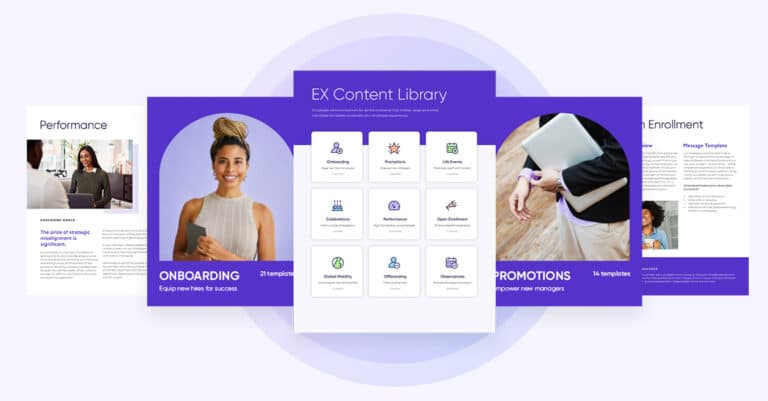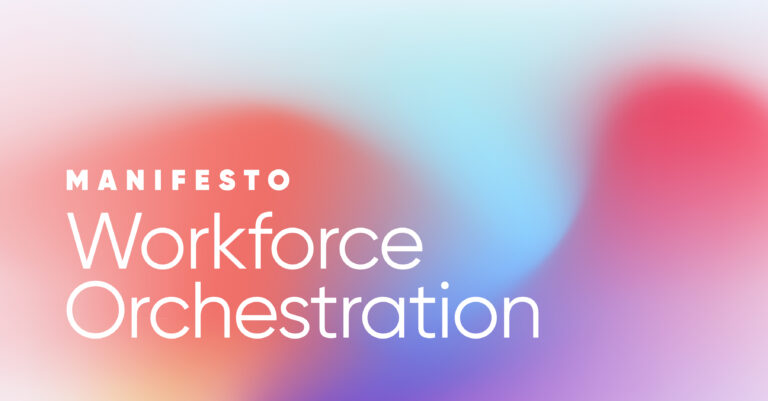Marketer? Me? Not a chance! You clearly don’t understand what I do!
Honestly, we get it. Communicators believe in a higher mission. They get critical information into the hands of people to help them do their jobs, make their lives better, and build a company culture that makes everyone feel proud.
That’s employee communication! Not employee marketing!
Well, the two concepts have more in common than you might think. Consider the challenges you face as a communicator. It’s harder to get the attention of employees because everyone is busier than ever. There’s more noise to cut through. There are more distractions. With the ongoing coronavirus (COVID-19) pandemic, people also are more dispersed.
Now, let’s look at how marketers do their jobs. They focus on building brand awareness by targeting specific audiences with personalized, relevant messages that get noticed and entice people to do something. (Like, for instance, buy their products.)
Communicators can become more effective at achieving their higher mission objectives when incorporating some of these essential marketing techniques. But because this is a new idea, you understandably might be struggling with the concept.
What is employee marketing?
The definition of employee marketing is how communication teams increase workforce engagement by aligning everyone in the organization around company goals, improving workplace culture, and fostering brand advocacy through relevant messages that successfully drive intended actions.
Employee marketing, which sometimes is called internal marketing, emphasizes the idea of identifying your different workforce segments: office workers, frontline workers, remote workers, contractors, partners. Then, communicators can plot strategies on the most effective ways to get relevant information directly to those different groups, so that they’re always “in the know.” When that happens, they’re more likely to promote the company’s vision externally with their social media networks.
You treat your employees as internal “customers.”
That’s critical now that the pandemic and national outcry against social injustice have disrupted our world. These events also have elevated the role of internal communicators. Like never before, executive teams rely on communicators to be their trusted confidants in helping craft and share essential messages that keep employees safe, productive, and focused on a shared mission. There is a newfound respect for the communicator.
But with the elevated profile comes new expectations. Call it the Peter Parker Principle. (“With great power comes great responsibility.”) The pressure is on communicators to show results. Proving impact, of course, is an age-old challenge for every comms team.
Communicators can borrow some hard-earned lessons from their marking colleagues to change that. So, it’s time to embrace your inner marketer.
Here’s how employee marketing works.
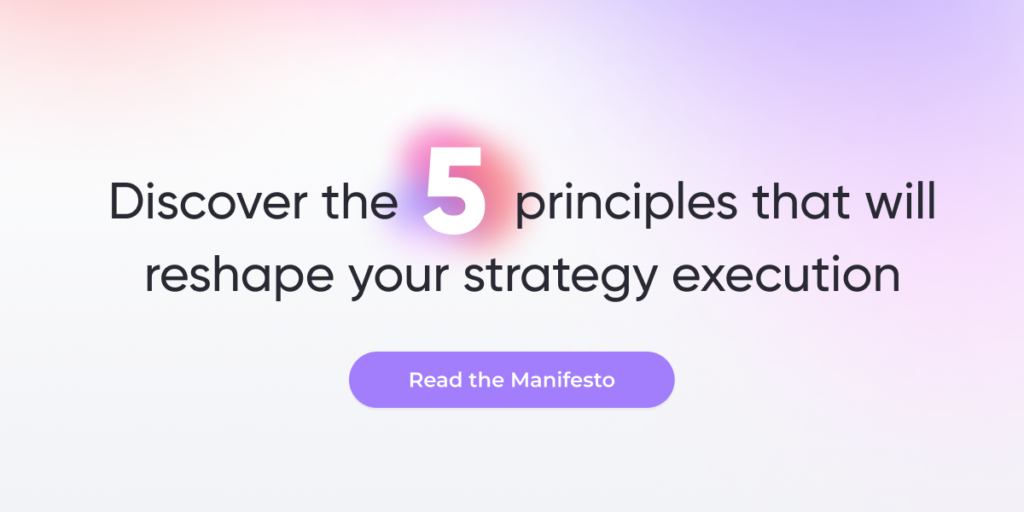
Benefits of employee marketing
Organizations thrive when employees have easy access to the tools, information, and resources to accomplish their jobs. The rising tide floats all boats. Employee marketing is about getting information in front of everyone so that the entire workforce understands the company’s objectives. They see the big picture and are more connected to the organization’s priorities.
Here are some high-level examples of how employee marketing directly impacts business success.
Improved productivity
Companies are focused on increasing employee engagement for a simple reason. When people feel informed, valued, and heard on the job, they’re more productive. Gallup’s State of the American Workplace report found that organizations with higher employee engagement see 17 percent greater productivity. But Gallup, the leader in tracking workplace trends, has seen employee engagement go on a rollercoaster ride during the pandemic – up and down. The most recent survey found that it had reached a new high of 40 percent among U.S. employees. Great! But that still means 60 percent are not engaged or actively disengaged. Internal communication that gets the right information to the right people at the right time can help fix that.
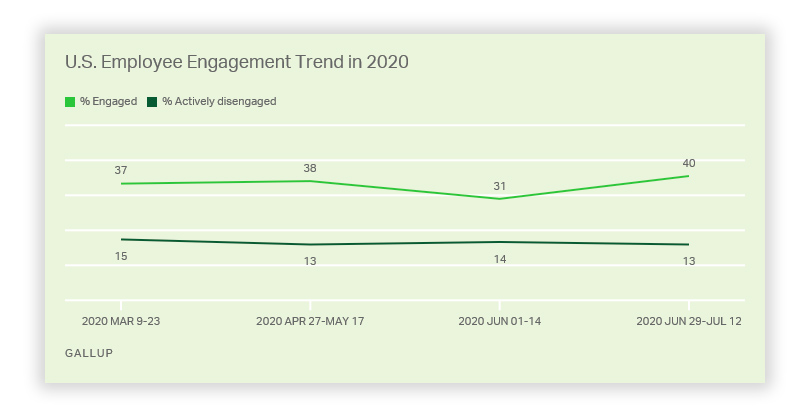
Improved customer experience
Employees are the connective tissue between you and your customers. The employee experience influences the customer experience. When employees have what they need to succeed, they’re more likely to be confident, motivated, and happy. Customers notice, too. In the wake of the pandemic, 80 percent of consumers said they would prefer to buy from companies that treated their employees well through the outbreak, according to KRC Research.
Align everyone around a common goal
It’s challenging to get everyone – especially at large organizations – all heading in the same direction. It’s like steering an ocean liner. It’s also impossible when everyone doesn’t understand where they’re going, and their role in getting there. When communicators use marketing tactics to internal audiences that ensure everyone understands the objectives, there’s a greater chance that it will be smooth sailing.
Build an inclusive culture
Creating a culture of inclusiveness is about ensuring everyone feels welcomed and safe, no matter their gender, race, sexual preference, or anything else. Everyone should feel like they belong. But the pandemic also has shown that the idea of “inclusive” can mean so much more. Today, the workforce has never been more dispersed. Working from home can feel like being on an island. Culture now is also about staying together even when far apart, making sure everyone knows what’s going on, and has trust in the organization.
Mobilize employee ambassadors
Enthusiastic employees are the most passionate external ambassadors. We live in an age of skepticism. People tend not to trust large organizations. But they are more likely to believe people like them. Employees are honest brokers of the “straight scoop” about their organizations. Collectively, they also have a much greater reach than brand channels. When you deliver approved information to all of your employees, some percentage will share that information with their networks – amplifying your company stories.
8 stats why employee marketing works
- Productivity improves by 20 to 25 percent in organisations with connected employees. Source: The McKinsey Global Institute
- 84 percent of survey respondents rated improving the employee experience as important, and 28 percent identified it as one of the three most urgent issues facing their organizations. Source: Deloitte Global Human Capital Trends
- More than half of employees (51 percent) are searching for a new job or watching for openings. Source: Gallup
- Inefficient workplace communication resulted in increased stress levels (52 percent of respondents), delays or failures to complete projects (44 percent), low company morale (31 percent), missed performance goals (25 percent), and lost sales (18 percent), according to a survey of U.S. executives. Source: The Economist Intelligence Unit
- 86 percent of corporate executives, employees, and educators say that ineffective communication is a key reason for workplace failures. Source: Salesforce
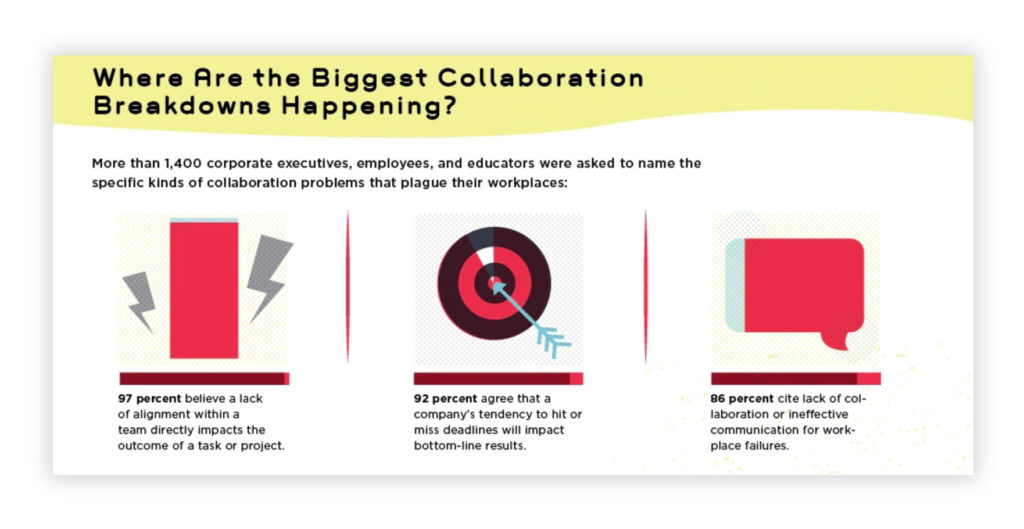
- The vast majority of the world’s workers – 80 percent– don’t sit at desks, which makes them harder to reach and engage. Source: The Rise of the Deskless Workforce report
- 71 percent of CFOs based in the U.S. say they are struggling to adjust to remote work during the pandemic, and 65 percent say maintaining employee morale has been a challenge. Source: Society for Human Resource Management (SHRM)
- 67 percent of survey respondents say they need more and better communication from their employer. Source: FleishmanHillard
Tactics for successful employee marketing
Marketers think about the customer journey. They guide a consumer on a path that (hopefully) ends with a positive business outcome. Comms pros can take employees on a trip, too. Only in this case, it’s about using messages to guide the workforce toward the positive outcomes that result from higher employee engagement.
And here’s the best part.
You don’t have to re-invent the wheel. Marketers are experts at understanding their audiences, designing relevant messages that get in front of people, and measuring the impact. Communicators can learn from them, modify the tactics, and apply them to meet their mission of improving employees’ work experiences.
Consider these employee marketing tactics.
Identifying audiences
There is no longer a monolithic “workforce.” Communicators have to reach multiple internal audiences. In marketing-speak, this is building personas. Who are our ideal buyers, and what are their different attributes? For communicators, it’s thinking about the different roles of employees. How many are office workers? How many are remote workers? Do contractors make up a large segment of the workforce? What are the specific needs of each?
You need to fully understand who you’re trying to engage and their expectations for information.
Targeting and segmentation
Now, you need to determine the best ways to connect with each group. It’s complicated. You know office workers can probably be reached through email or collaboration tools. But what about frontline workers who might not even have email addresses? Or factory workers or delivery drivers who can’t always check the employee app on their mobile devices?
Thinking like a marketer enables you to target specific audiences and get messages in front of everyone. It’s different for each audience. Maybe that’s email for office workers, mobile apps for some frontline workers, and digital signage for others. Or it’s a hybrid mix of several channels to increase the likelihood you are reaching all audience segments and eliminating information silos.
Personalization and relevance
Marketers craft messages that speak to people as unique individuals. That’s what gets someone’s attention. It should be no different for communicators. Messages need to be personalized and relevant if you expect people to care. One size never fits all. Contextualized personalization is how to get messages to resonate.
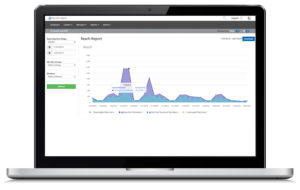
Measurement and optimization
Communicators have always struggled to measure the impact of their efforts. A recent Ragan Communications survey found that only 22 percent of respondents said they are satisfied or extremely satisfied with their ability to measure their communication. And one-third don’t measure at all.
A digital Employee Communication and Engagement platform, like Firstup, has robust metrics that enable communicators to measure the “reach” of their messages. They know how many people read a critical bulletin and can determine if they took the intended actions. Then they can optimize their future tactics based on the data. The adage about how you can’t improve what you can’t measure also applies to communicators, too. Marketers have learned that C-suite executives think this way. Communicators need to do so as well to maintain their new seats at the table.
Modern, consumer-grade technology
Marketers excel at getting the most from the latest whiz-bang technology. Again, communicators should pay attention. One effective employee marketing strategy is an engaging mobile app that workers can quickly access – just like they do with Facebook, Instagram, Twitter, and other platforms.
Today’s employees expect the same kind of mobile communication experience with their workplaces that they do in their personal lives. That’s why Firstup has created an award-winning app.
Building an employee marketing team
Every communicator loves language. But different skillsets are needed for an effective employee communication team in today’s world. Crafting great messages is only half the battle. You also have to consider how to get them in front of everyone. That requires orchestration and a different way of looking at internal communication challenges.
Here are some of the roles we’ve seen on employee marketing teams.
Communication campaign manager
The communication version of a traffic cop keeps everything moving smoothly while ensuring employees have what they need without being overwhelmed. (After all, they have jobs to do!) This role is similar to a marketing campaign manager.
It’s about paying attention to the data and informing the rest of the team about what’s working and what’s not. What are the most effective channels? What kind of messages resonate? Communicator campaign managers keep a sharp eye out to make sure people aren’t getting too many or too few messages – and the right people are getting the right information.
Content creators
Communicators live to craft clear, concise, intriguing messages that help employees be the best versions of themselves. But communicators need to think quantitatively, too.
Today’s content creators need to incorporate what they’re learning from the data. Are their messages too long for a mobile experience? Are the titles enticing enough to make employees click open? Are they relying on the right channels? They use the signals provided by analytics to become even better communicators.

Human resources expert
The HR department is actually the original internal marketing team. After all, they’ve always been focused on how they can get critical, must-see information in front of employees, such as open enrollment notices. It’s also why there has always been a connection between HR and the comms team.
But in our new world, it needs to be even closer.
Someone from HR should play a key role in internal communication campaigns. That ensures essential questions are addressed when it comes to benefits, workplace safety, remote work, and so on. As employee wellness becomes a greater emphasis at companies, HR needs to be more involved in the communication efforts to ensure the right tone of empathy is struck with employees.
Multi-media pro
Look, we love the written word. (You’re reading our words right now!) But there’s no denying that video is engaging and increasingly the way people consume content. That’s especially the case on mobile devices. Words are not always the best way to get out messages. People would rather watch a 90-second video than scroll, scroll, and scroll some more through a long message.
A great employee marketing technique is to incorporate more videos, photos, infographics, and other visual elements into the overall communication strategy. That kind of variety keeps employees interested.
The future of employee marketing
The communication landscape is changing. More is expected of communicators. It’s also more difficult than ever for comms teams to reach all employees with the information they need, particularly during a crisis.
You don’t have to think of yourself as a marketer. But thinking like a marketer can make internal communicators better at achieving their higher mission of helping people by delivering the information they need.
We hope this has shown you how these internal and external roles have more in common than you might have imagined. Perhaps you see some ways that you might be able to up your communication game.
Remember, it’s OK to embrace your inner marketer!
Download PDF







